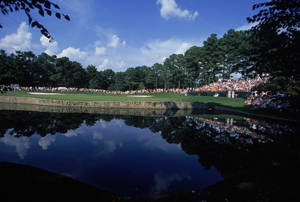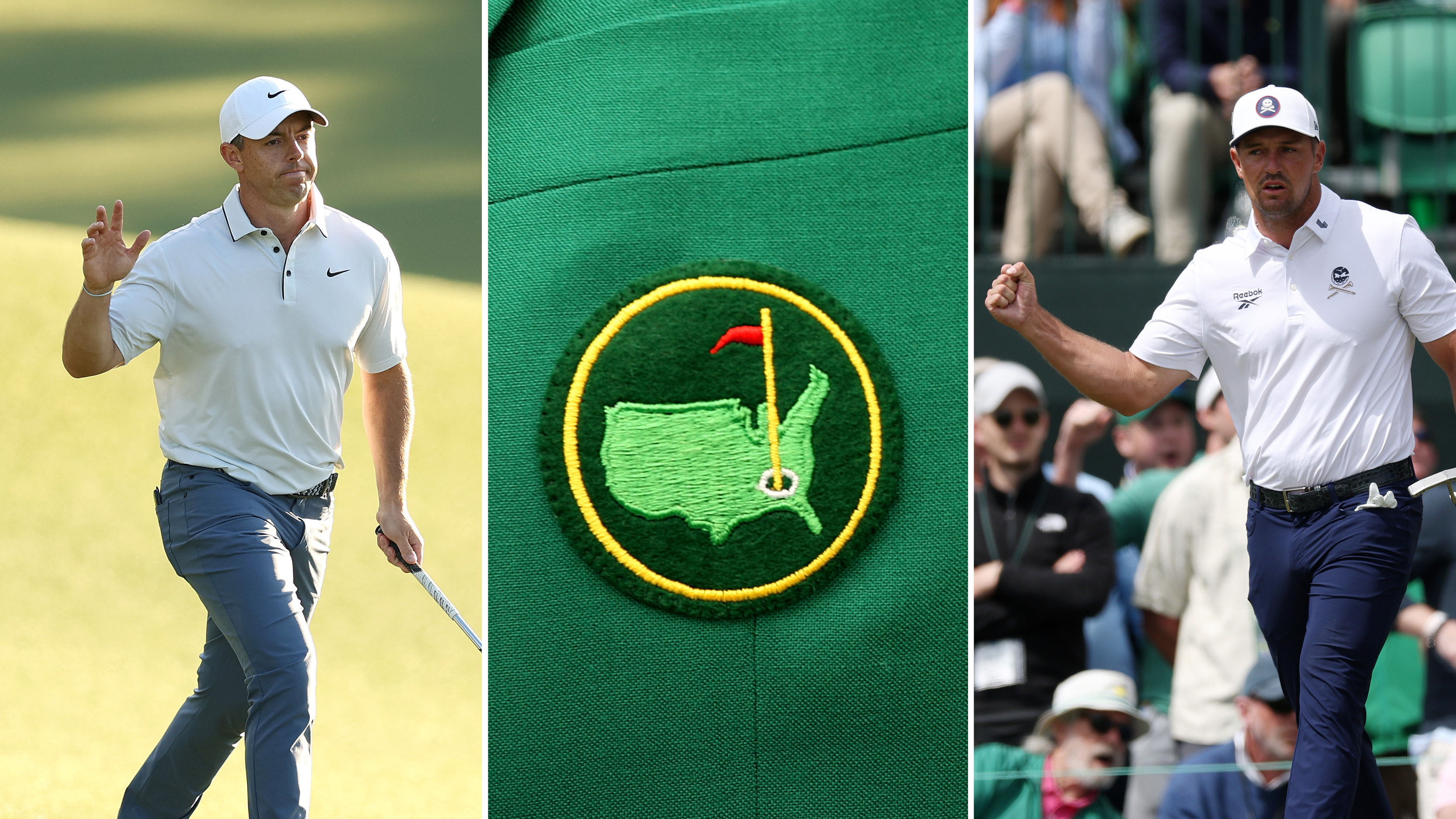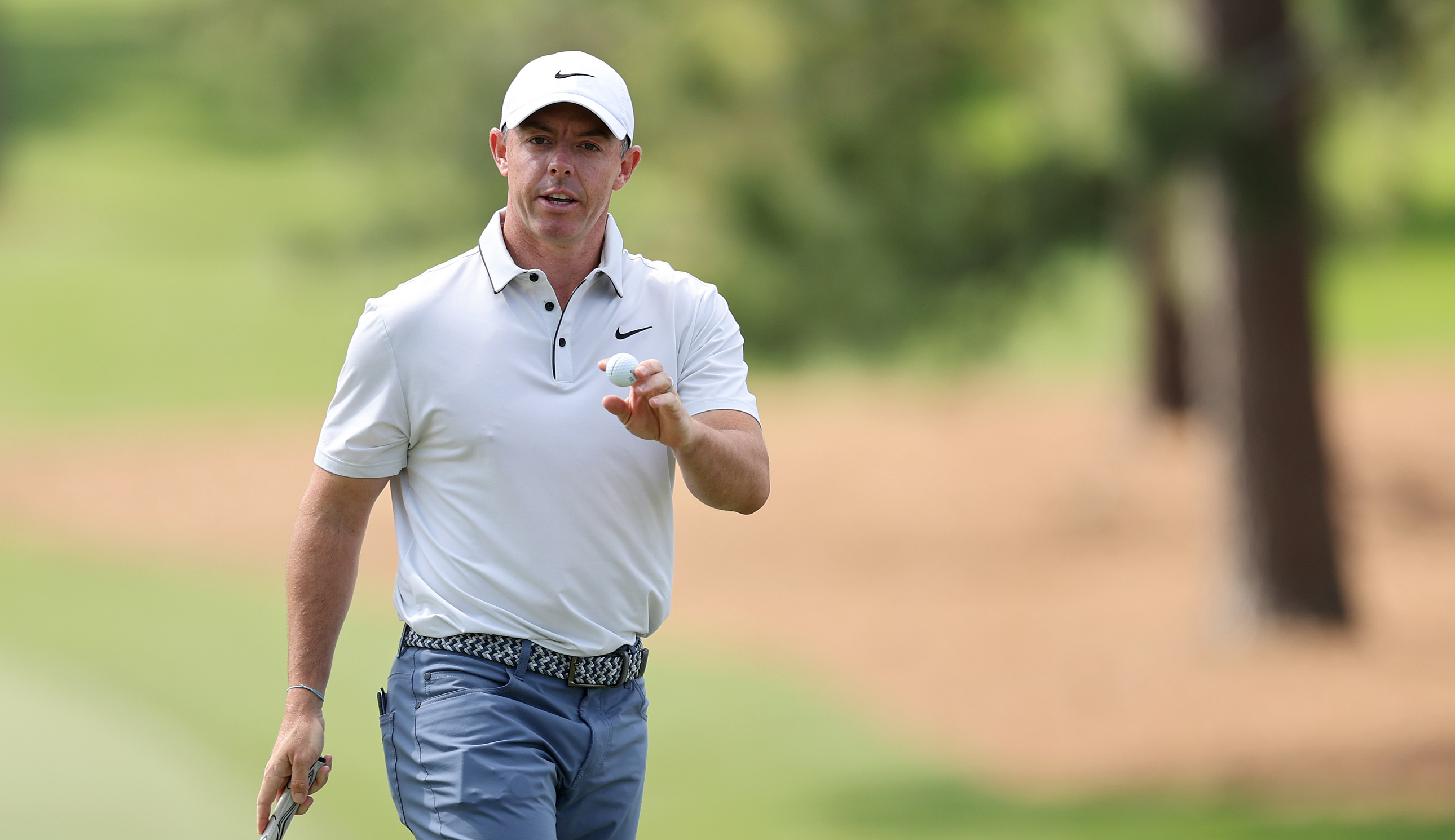Atlanta Athletic Club hole-by-hole guide
A hole-by-hole guide to the 93rd USPGA Championship at Atlanta Athletic Club, Johns Creek, Georgia. Golf Monthly's Paul O'Hagan played Atlanta Athletic Club last year and here's his course guide ahead of the 2011 USPGA

Atlanta Athletic Club, 7,467 yards, par 70 Hole 1 454 yards, par 4
The 1st is a relatively friendly hole for a Major opener. It's a dogleg left and despite the tee being moved back some 25 yards most of the players will be able to shape the ball off the tee with a 3-wood or hybrid to ensure a short iron into the green.
Danger is present with tall trees down the left side of the fairway and the right side is very well bunkered. Big hitters may take on the dogleg to give themselves an easier birdie opportunity. Approach shots need to be kept below the hole with the toughest pin positions back right and front left of the green.
Hole 2 512 yards, par 4
Members play the 2nd as a par 5 but it's a long par 4 for the professionals during Majors. Those who can shape the ball right to left should have a slight advantage. Up on the fairway it's a narrow landing zone well-protected by bunkers and anything off line may end up in the heavy rough or find tree trouble.
Even if you find the fairway, you're still not assured of a par as the green is well-bunkered with a number of slopes. Every player in the field would take a par here on the tee and move onto the 3rd, no question. However, the drive is the key to avoid any damaging big scores.
Hole 3 475 yards, par 4
Get the Golf Monthly Newsletter
Subscribe to the Golf Monthly newsletter to stay up to date with all the latest tour news, equipment news, reviews, head-to-heads and buyer’s guides from our team of experienced experts.
Onto the 3rd and it's another case of having to be very accurate with your tee shot. Anyhting right will probably find the huge bunkers that are bang on driving yardage. Finding the sand doesn't rule out making par, but the chances are you will be relying on a cute up-and-down.
The large green also brings the three-putt into play which places an even greater emphasis on getting a good drive away. It's another hole where staying below the hole is advisable.
Hole 4 219 yards, par 3
None of the par 3s at Atlanta Athletic Club could be considered easy and the 4th is particularly tricky with a large lake guarding the front of the green.
Players that go in search of a birdie will have made the decision to flirt with the water which can be especially dangerous when the wind picks up, as it often does. The right side of the green is the safe call where it's a tricky two-putt, but takes out the possibility of a really damaging early blow on the card.
Hole 5 565 yards, par 5
Despite lengthening this hole since David Toms won here in 2001, it's still a good birdie opportunity. It's uphill but will be reachable for a large portion of the field.
Bunkers have been added 100 yards short of the green that will pose a few problems for the players deciding on whether to lay up, but it's still a good chance to make your first birdie if you can stay below the hole.
Hole 6 425 yards, par 4
The 6th is a really fun hole that can be made even more exciting come Major time. It's possible to make the 6th a drivable par 4 that brings the pond into play to the front left of the green. In all likelihood this hazard will be where most players chose to lay up. If they do so successfully by negotiating the narrow fairway, then it's back-to-back birdies for some. However, don't get too cute as the grass bank will take the ball back into the pond.
Hole 7 184 yards, par 3
The tough part on the 7th is having the ball flight to hold the green which is narrow from front to back. The other danger is the large steep-faced bunker that guards the front of the green.
Putting from left to right is generally considered tough, but back in 2001 a great number of birdies were made here and that could well be the same this year.
Hole 8 467 yards, par 4
There are plenty of hazards to negotiate on the 8th and there is no one right way to play this hole. Finding the best landing area will probably mean shaving off some of the water. The right corner of the dogleg is well-protected by sand so you'll see some players laying up well back, especially if they're protecting a score.
Even then, up ahead at the green there's water short and left. The sand traps aren't the most difficult but going long is a real no go. Expect to see a few three-putts with a horrid downhill slope from the back.
Hole 9 426 yards, par 4
Despite bunkers guarding both sides of the fairway, the pros will see this as a good birdie opportunity. Most players will be going in to the wide green with a short iron, but the hole can be made far more of a challenge when the hole is cut at the back, which can add an extra couple of clubs.
Hole 10 442 yards, par 4
A left to right tee shot is required here that makes for a shorter and easier second. The left side is guarded by a couple of bunkers off the tee, but the real trouble lies ahead at the green.
The big danger is the large bunker that guards the entire left side of the green from where most amateur players would be happy to escape with having dropped just one shot. Tees number 1 and 10 are close by making it an ideal viewing spot for spectators.
Hole 11 457 yards, par 4
The only likely birdies on this hole will come from those who manage to find the right-centre of the fairway. It may be a dogleg left but it's better to give yourself a longer shot in rather than taking the bunkers on down the left as if you fail you'll be blocked out for your second. Still expect to see the big hitters take that approach, however.
Tee shot safe and it's then a case of not pushing your approach as a pond hugs the right of the green from front to back. With a bunker of the left side as well, there's plenty of trouble to take care of before walking safely to the 12th.
Hole 12 551 yards, par 5
Most players will stand on the tee already eyeing up their second to set up an easy birdie and the major obstacle in this regard is the water that guards the right side from 100 yards out. Even so, expect most players to be in attack mode.
The lay-up option can be made difficult if players don't manage to turn the corner or get close to it with their tee shots. If the lay-up is the choice then setting up for a full swing with a short iron is the way forward. The green is fairly shallow and not overly big, but whatever way you look at this hole, for the pros it says 'birdie'.
Hole 13 372 yards, par 4
From the tee it's all about distance control because you're faced with the tightest par 4 on the course. This sharp, dogleg right has tall pines lining both sides of the fairway and it won't be unusual to see players getting blocked out with their approach shots if they head too far down the left side.
Taking an iron off the tee is a sensible approach and it's then about sound distance control into the well-guarded green, especially at the front. The problem comes if you come up short but go too long and it's treacherous from above the hole.
Hole 14 468 yards, par 4
Thick rough down the right is a no go from the tee and it's one of those holes where you just want to be straight and long. Easily said, but if you don't pull it off you're looking at bogey because the green on 14 is regarded as the hardest on the golf course.
The green slopes from front to back and from side to side so it's a case of preparing yourself to make either an excellent up-and-down, or solid two-putt. Large bunkers guard the front of the green just to make things even harder.
Hole 15 260 yards, par 3
The final four holes at Atlanta Athletic promise to provide plenty of excitement, beginning with this daunting long par 3. Three of the hardest holes on the course feature on this closing stretch. The hole has been lengthened since 2001 thanks to a new elevated tee that brings it back to 258 yards. The drop down to the green means it won't play this long but a well protected green makes it the hardest par 3 on the course. A water hazard runs along the entire right hand side of the hole, making long and left the only real bail out for anyone protecting a score. David Toms made a hole-in-one here on Saturday in 2001 but anyone will walk off happy with a par.
Hole 16 476 yards, par 4
Another hole that has been lengthened since 2001, this time by 35 yards. The narrow drive is key on this tough uphill par 4 particularly now new fairway bunkers have been added to prevent players from cutting off the right hand corner of this slight dogleg.
As you'd expect from the closing stretch of a Major, the fairway narrows right at the point where most players would hit driver, so expect to see some hitting fairway woods and leaving a longer approach shot. In most cases the second shot will be blind and large bunkers protect both sides of the green. Missing the green long will cause even more problems though as the green slopes severely from back to front.
Hole 17 207 yards, par 3
Expect to see plenty of overhead shots of the Atlanta Athletic Club signature hole. Another par 3 with elevated tee boxes which mean it doesn't play its full 207 yards. Pin high and right is the only bail out here thanks to a huge water hazard right in front and left of the target and deep bunkers behind it.
Players opting for water avoidance off the tee will be faced with an intimidating bunker shot back towards the wet stuff. Plenty of tee boxes mean this hole can play very differently from day to day but expect a pin close to the water when the pressure is on in the final round.
Hole 18 507 yards, par 4
The hardest hole on the course in 2001, it is easy to see why David Toms laid up with his second shot here en route to victory. A right-to-left ball flight is required off the tee thanks to the shape of the hole. At 30 yards wide the fairway shouldn't be too hard to hit but the big trouble lies ahead.
The long second into a green designed to be played as a par 5 will really test the best players in the world. Water protects the green to the front and right of the green while bunkers behind it will leave a difficult up-and-down. An undulating green finishes off this difficult closing hole that promises to provide plenty of drama on Sunday afternoon.
-
 Rory McIlroy vs Bryson DeChambeau: Who Are We Picking To Win The 2025 Masters?
Rory McIlroy vs Bryson DeChambeau: Who Are We Picking To Win The 2025 Masters?We're set up for a blockbuster final day at Augusta National where Rory McIlroy and Bryson DeChambeau play together in the final group
By Elliott Heath Published
-
 The Masters Crystal Rory McIlroy Has Already Won At Augusta National This Week
The Masters Crystal Rory McIlroy Has Already Won At Augusta National This WeekMcIlroy leads going in to the final round at Augusta National, with the four-time Major winner already bagging some silverware before he looks to claim the Green Jacket
By Matt Cradock Published